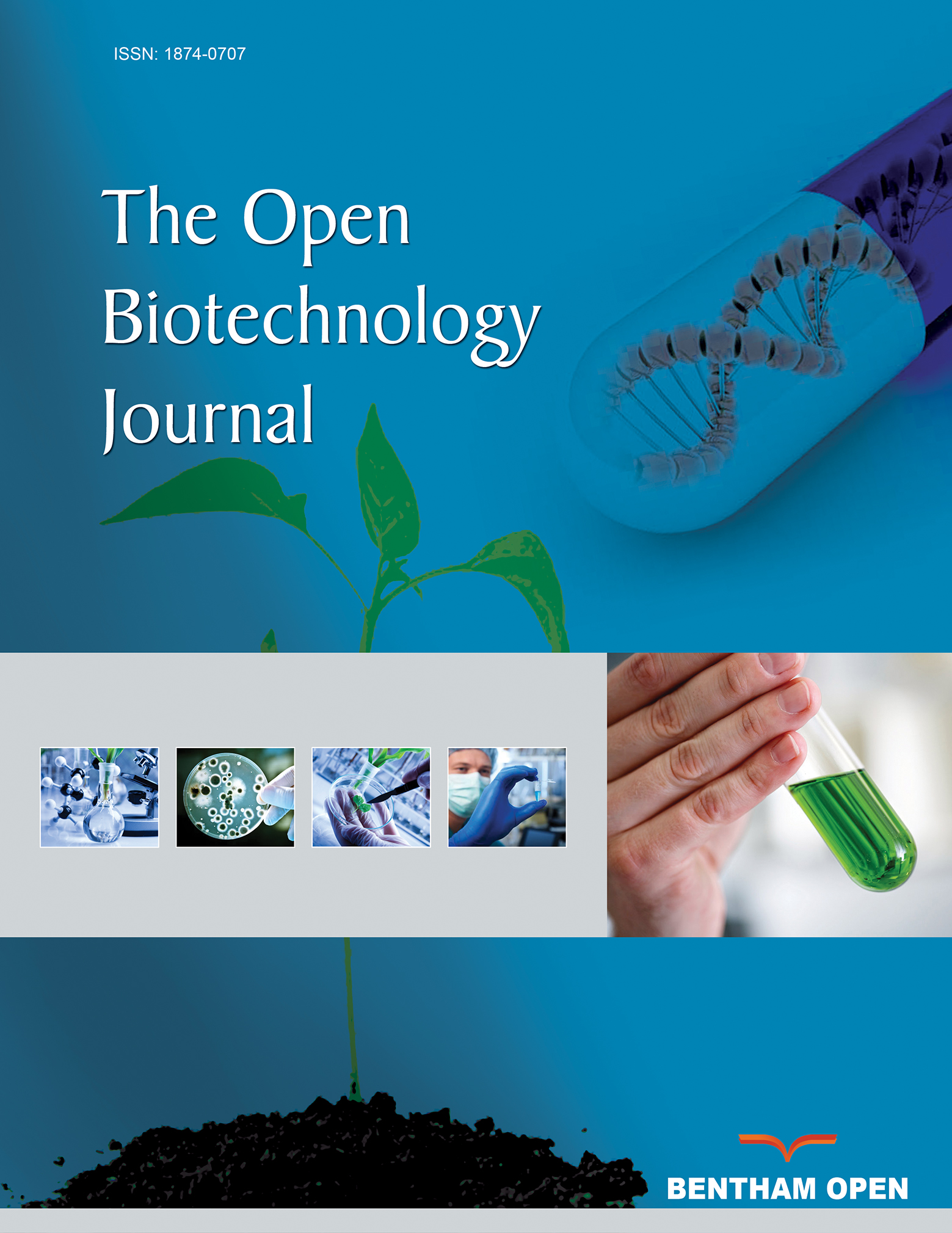All published articles of this journal are available on ScienceDirect.
Morphological and Proteomic Evaluation of Zea Mays in Response to Osmotic Stress
Abstract
Introduction:
Drought is the main abiotic stress responsible for crop loss worldwide. Maize (Zea mays L.) is a widely grown drought-sensitive crop used as a staple food by the growing population. Therefore, it is imperative to assess the molecular mechanisms behind drought response and tolerance in maize. Transcriptomic profiling of abiotic stress responsive pathways in various crops appeared to be an unreliable approach due to post-transcriptional modifications, while there is limited published data on molecular mechanisms of osmotic-stress response in maize. Hence our study aimed at profiling osmotic stress responsive proteins augmented by their associated morphological features in Z. mays.
Materials and Methods:
In this regard, morphological and proteomic investigations were carried out on 16-day maize seedlings exposed to 5% (w/v) and 10% (w/v) polyethylene glycol(PEG) to induce osmotic-stress. Proteomics approach (one-dimensional (1D) and two-dimensional (2D) gel electrophoresis) compared differential protein abundance between controls and the osmotic stressed maize plants.
Results:
Morphological parameters such as plant growth, height, shoot diameter, leaf area, and colour were highly affected with PEG treatment as compared to the untreated ones. Molecular evaluation by 1D gel electrophoresis revealed that the separated protein patterns were highly expressed in the experiments than the controls. Using 2D gel electrophoresis, a total of seven and eight protein spots were revealed in experimental plants under 5% (w/v) and 10% (w/v) PEG treatment respectively while the control plants only expressed one protein. Increased drought stress resulted in a greater number of proteins with differential abundance.
Conclusion:
This study has successfully profiled the total osmotic stress responsive proteins and revealed the efficiency of proteomic tools in the qualitative detection of differential proteins from maize.


